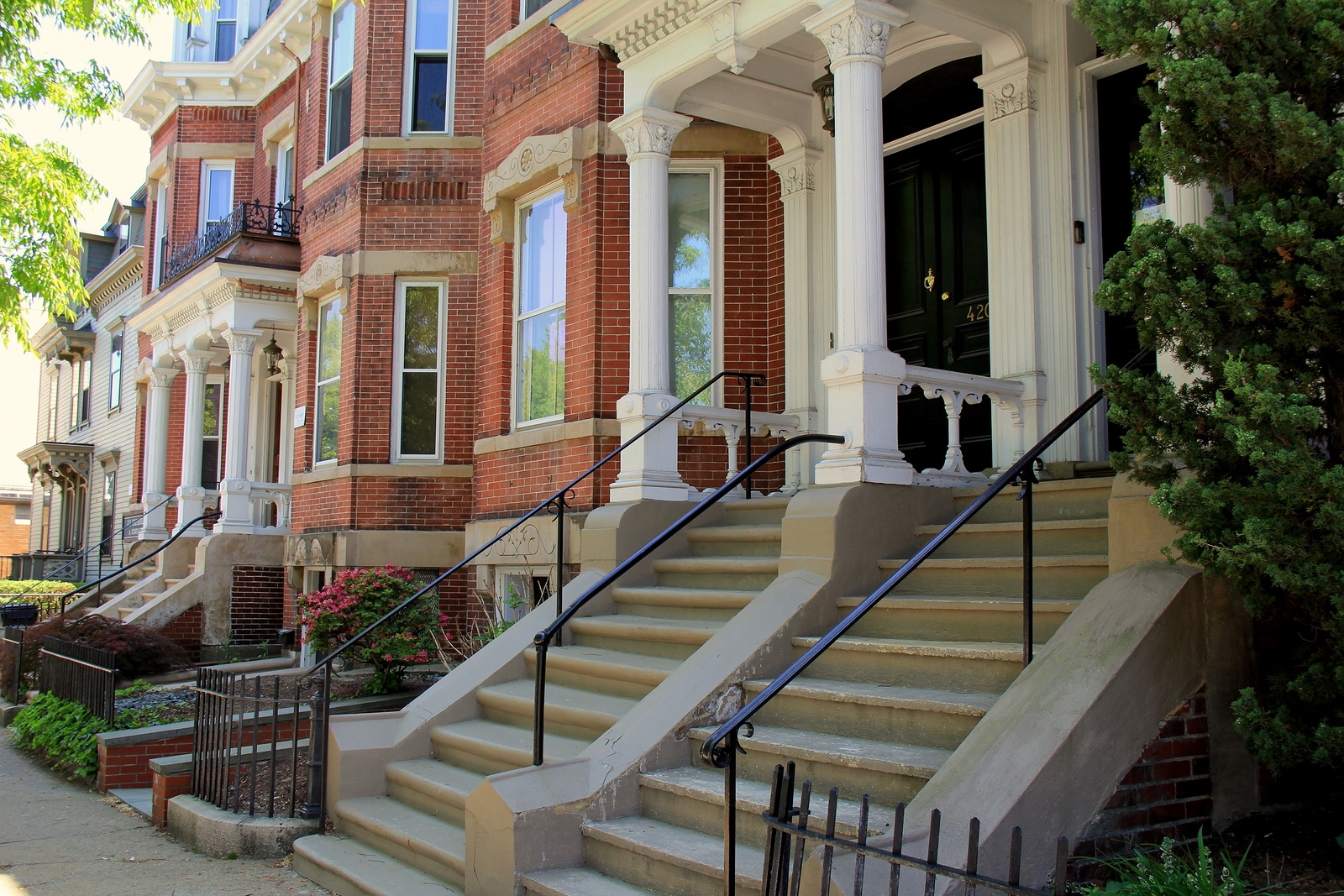In the historic neighborhoods of Washington DC, brick restoration and repair are essential for preserving the stately old buildings. Well-preserved brick and mortar protects the authenticity of the original architecture and boosts the property values of the homes. Historic neighborhoods are often desirable because of the sense of community pride and quality of life they give to residents.
The desire to own a piece of history - with the unique workmanship and features of an older homes - motivates many owners. Historical neighborhoods tend to be stable, with well-landscaped streets and close communities. Many are walkable with easily accessed services such as public transit, entertainment, and shopping.
Historic DC brick homes aren't for everyone. They need regular maintenance and restoration. Preservation of those unique architectural and design features is essential to maintaining the value and desirability of the individual dwellings and the neighborhood. In many of DC’s historic sections, an important and visible maintenance chore is brick restoration and repair. When it comes to repairs on historic brick homes, here’s what owners should look for:
DC Tuckpointing Brick
- There is a right way to handle the upkeep of a historic building’s masonry. Tuckpointing, when done correctly with traditional methods and materials, will ensure the structural integrity, longevity, and value of buildings constructed of brick during the 18th, 19th, and early 20th centuries.
- Lime, a stone used in construction for centuries, is the core ingredient in traditional mortar. Its composition, texture, and strength/level of "hardness" are compatible with the original soft coalfired bricks used in the construction of these historic buildings.
- Cement or concrete, which are modern building materials suited for new construction, are too hard for the softer brick. If a historic building is tuckpointed with cement, the material's extreme density (or its level of hardness) will cause the softer coal-fired bricks to crack or spall. Even worse, the chemicals in cement act like acid upon coming in contact with lime mortar because concrete and lime are incompatible in both composition and molecular structure.
Masonry Contractors Washington DC
After decades of exposure, the mortar joints between the bricks on historic homes begin to fail. Repair or restoration should be done by removing mortar between masonry joints and replacing it with lime-based mortar. Because of the era in which so many homes were built in Washington DC, tuckpointing brick in these historic buildings should be trusted to masonry contractors who are specialists in the correct application of traditional materials and methods.

Renaissance Development, a leader in brick restoration and historic preservation, specializes in the restoration of a historic brick building’s mortar joints using traditional methods (tuckpointing) and materials. Contact us for a free site visit and project quote.





